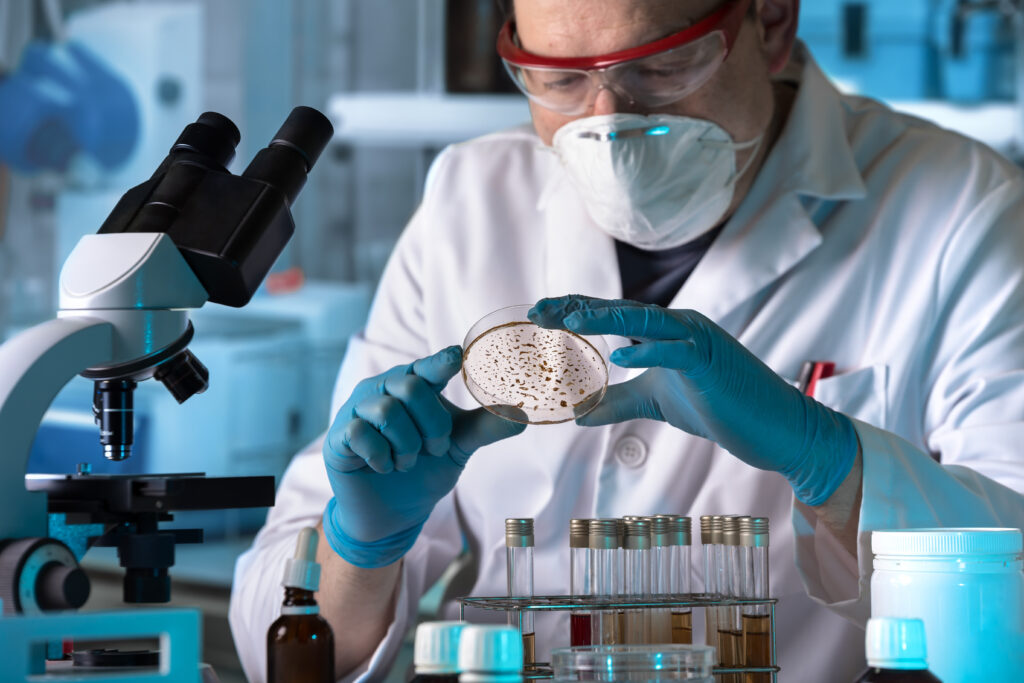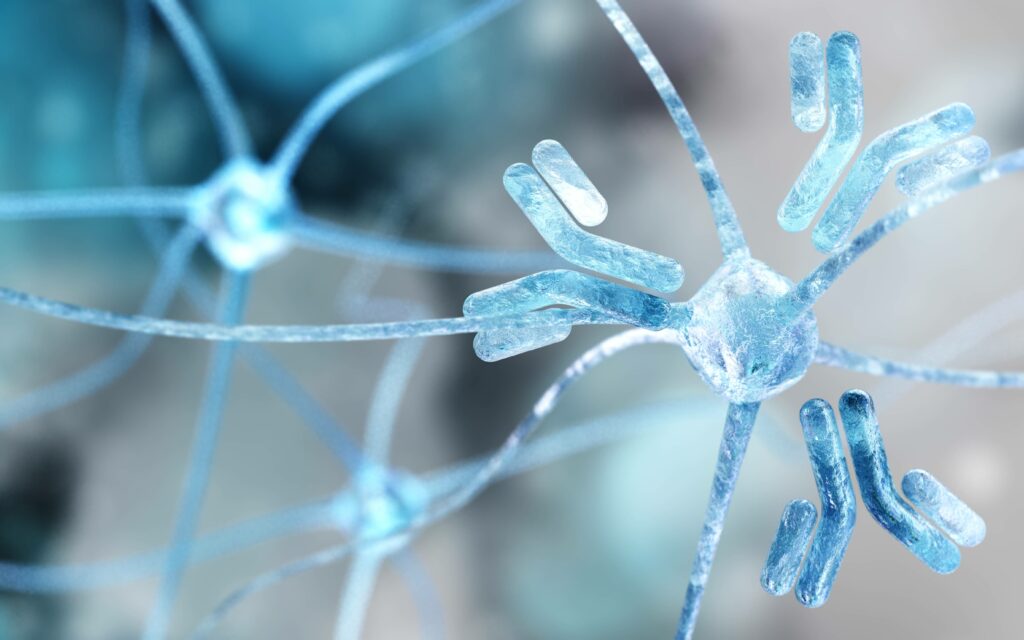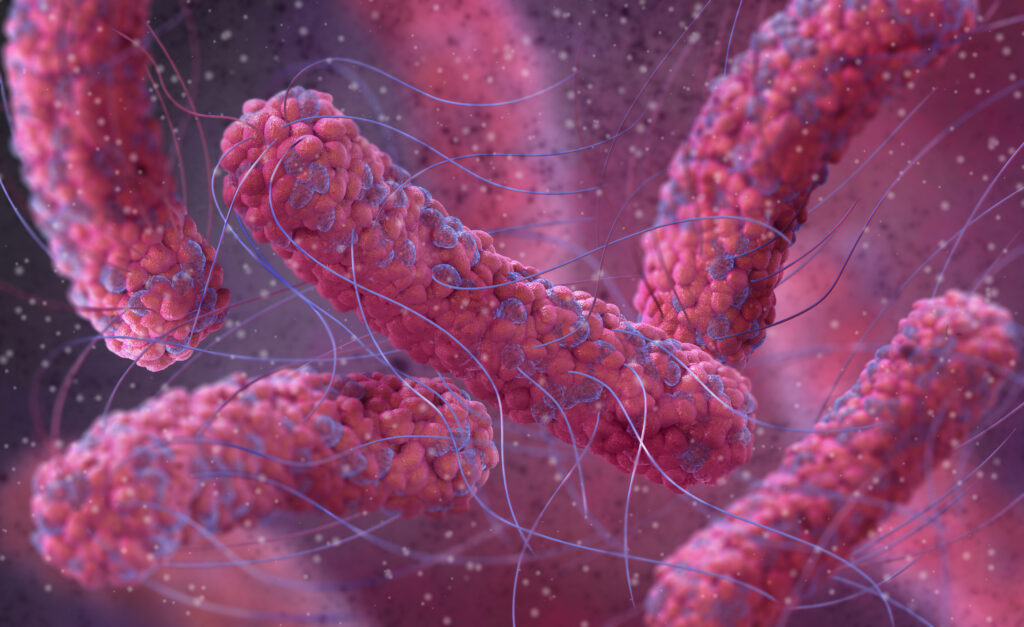
Letter to Trends in Microbiology
The January 2009 issue of Trends in Microbiology contains an article entitled “Bacterial flagellar diversity and evolution: seek simplicity and distrust it?” Unfortunately, like many people, the authors have a mistaken view of irreducible complexity, as well as a very shallow idea of what a Darwinian “precursor” to an irreducibly complex system might be. I wrote a letter to the editor of the journal to point out these difficulties. Alas, they said they had no room to publish it. Below is the letter that I sent. To the editor: In their recent article “Bacterial flagellar diversity and evolution: seek simplicity and distrust it?” Snyder et al. (2009) [1] attribute to me a view of irreducible complexity concerning the flagellum that I do Read More ›




